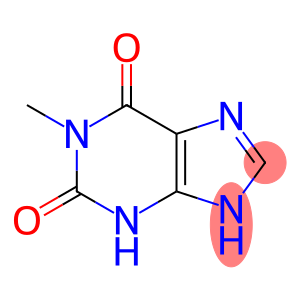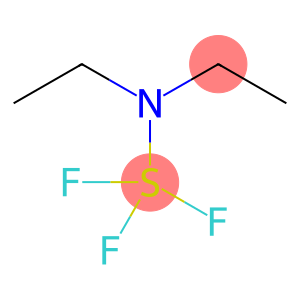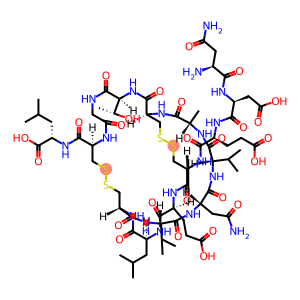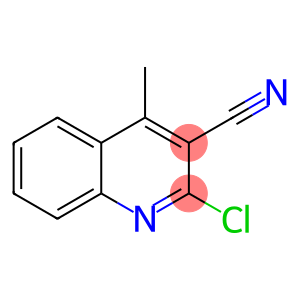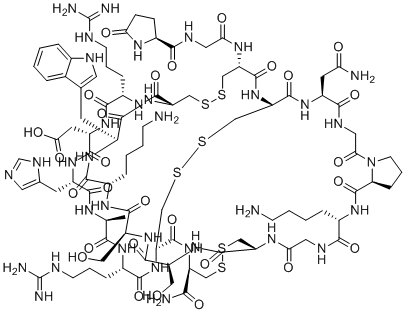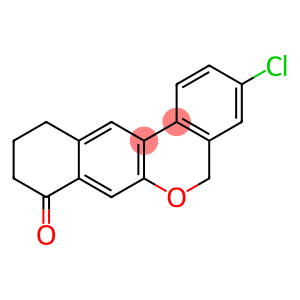Sodium borohydride(CAS#16940-66-2)
| Risk Codes | R60 – May impair fertility R61 – May cause harm to the unborn child R15 – Contact with water liberates extremely flammable gases R34 – Causes burns R23/24/25 – Toxic by inhalation, in contact with skin and if swallowed. R24/25 - R35 – Causes severe burns R21/22 – Harmful in contact with skin and if swallowed. R51/53 – Toxic to aquatic organisms, may cause long-term adverse effects in the aquatic environment. R42/43 – May cause sensitization by inhalation and skin contact. R49 – May cause cancer by inhalation R63 – Possible risk of harm to the unborn child R62 – Possible risk of impaired fertility R36/38 – Irritating to eyes and skin. R43 – May cause sensitization by skin contact R19 – May form explosive peroxides R68 – Possible risk of irreversible effects R50/53 – Very toxic to aquatic organisms, may cause long-term adverse effects in the aquatic environment. |
| Safety Description | S53 – Avoid exposure – obtain special instructions before use. S43 – In case of fire use … (there follows the type of fire-fighting equipment to be used.) S45 – In case of accident or if you feel unwell, seek medical advice immediately (show the label whenever possible.) S43A - S36/37/39 – Wear suitable protective clothing, gloves and eye/face protection. S26 – In case of contact with eyes, rinse immediately with plenty of water and seek medical advice. S22 – Do not breathe dust. S50 – Do not mix with … S36/37 – Wear suitable protective clothing and gloves. S61 – Avoid release to the environment. Refer to special instructions / safety data sheets. |
| UN IDs | UN 3129 4.3/PG 3 |
| WGK Germany | 2 |
| RTECS | ED3325000 |
| FLUKA BRAND F CODES | 10-21 |
| TSCA | Yes |
| HS Code | 28500090 |
| Hazard Class | 4.3 |
| Packing Group | I |
| Toxicity | LD50 orally in Rabbit: 160 mg/kg LD50 dermal Rabbit 230 mg/kg |
Introduction
Sodium borohydride is an inorganic compound. It is a solid powder that is easily soluble in water and produces an alkaline solution.
Sodium borohydride has strong reducing properties and can react with many organic compounds. It is widely used in organic synthesis and is often used as a hydrogenating agent. Sodium borohydride can reduce aldehydes, ketones, esters, etc. to the corresponding alcohols, and can also reduce acids to alcohols. Sodium borohydride can also be used in decarboxylation, dehalogenation, denitrification and other reactions.
The preparation of sodium borohydride is generally obtained by the reaction of borane and sodium metal. First, sodium metal is reacted with hydrogen to prepare sodium hydride, and then reacted with trimethylamine borane (or triethylaminoborane) in ether solvent to obtain sodium borohydride.
Sodium borohydride is a strong reducing agent that reacts rapidly with moisture and oxygen in the air to release hydrogen. The container should be sealed quickly and kept dry during operation. Sodium borohydride also reacts easily with acids to release hydrogen gas, and contact with acids should be avoided. Sodium borohydride is also toxic, and care should be taken to avoid inhalation or skin contact. When using sodium borohydride, wear protective gloves and glasses, and ensure that the operation is carried out in a well-ventilated environment.



